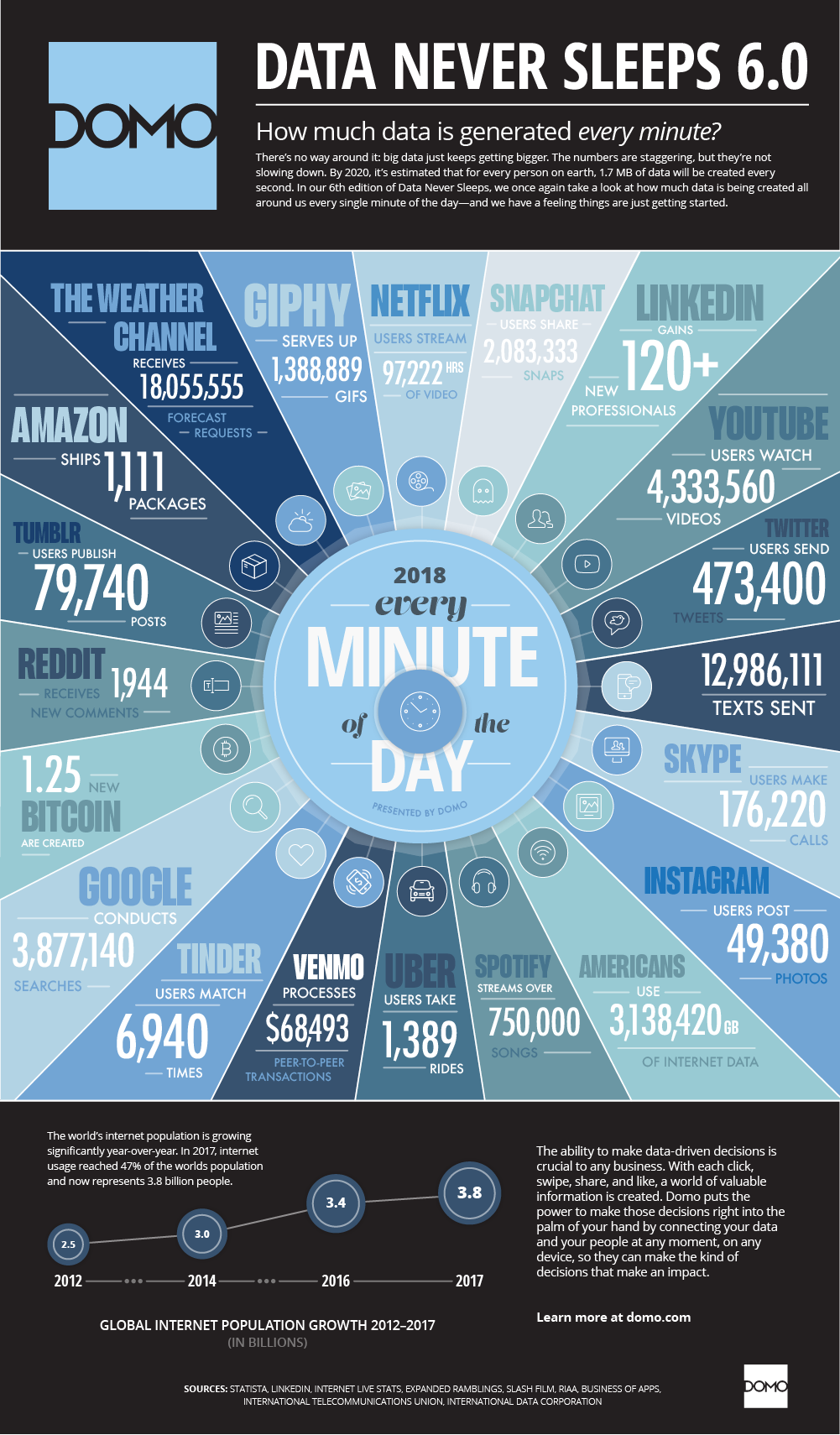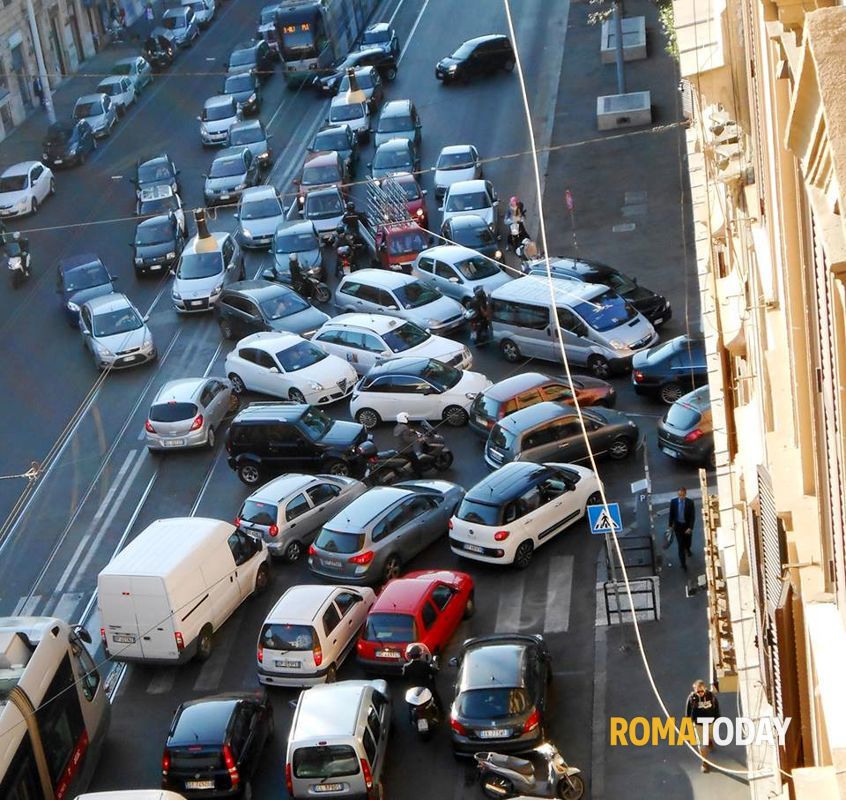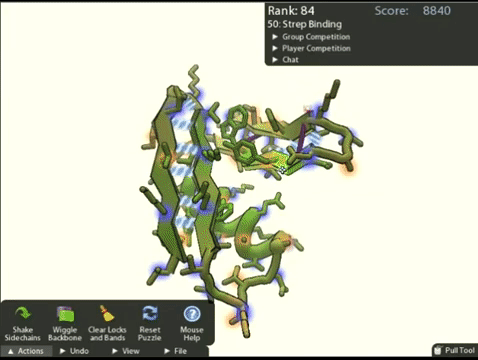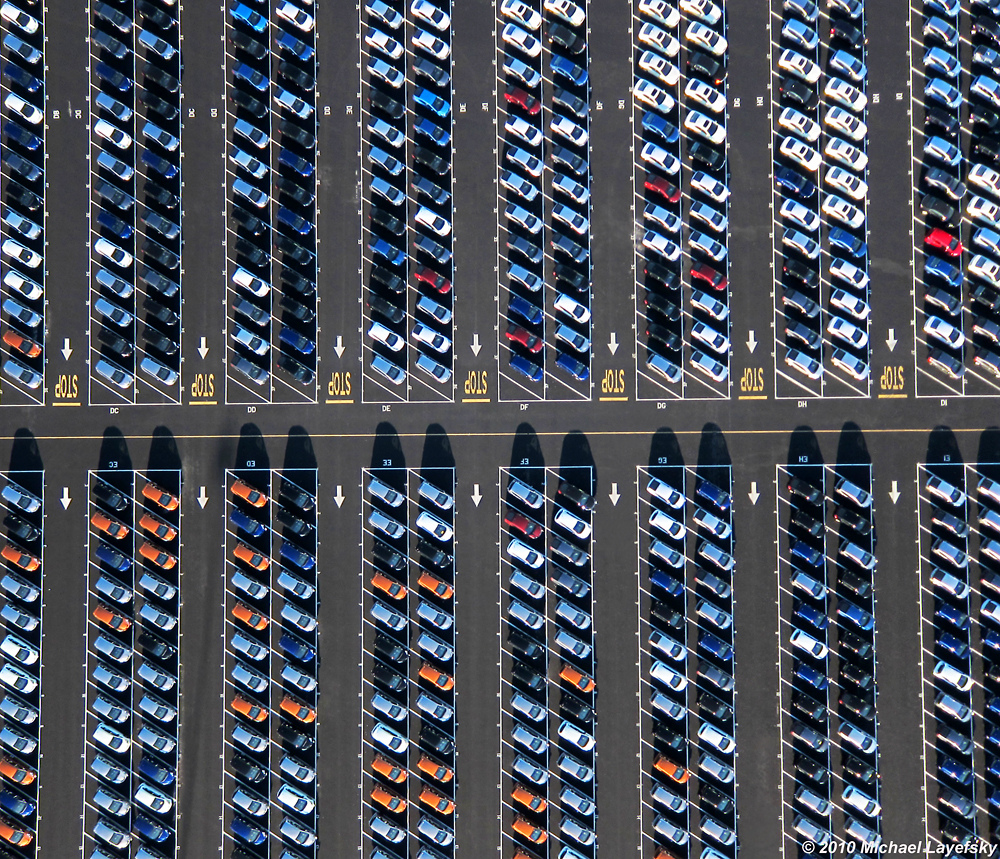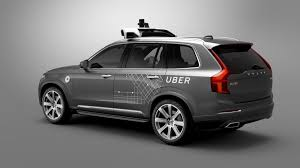Rome public transport are "not so good".
Ok. But how much compared to the other cities?
Where is the better served [by public transport] place in the city?
And in the world?
CityChrone
Presentation
Expansion
credits: bighistoryproject.com
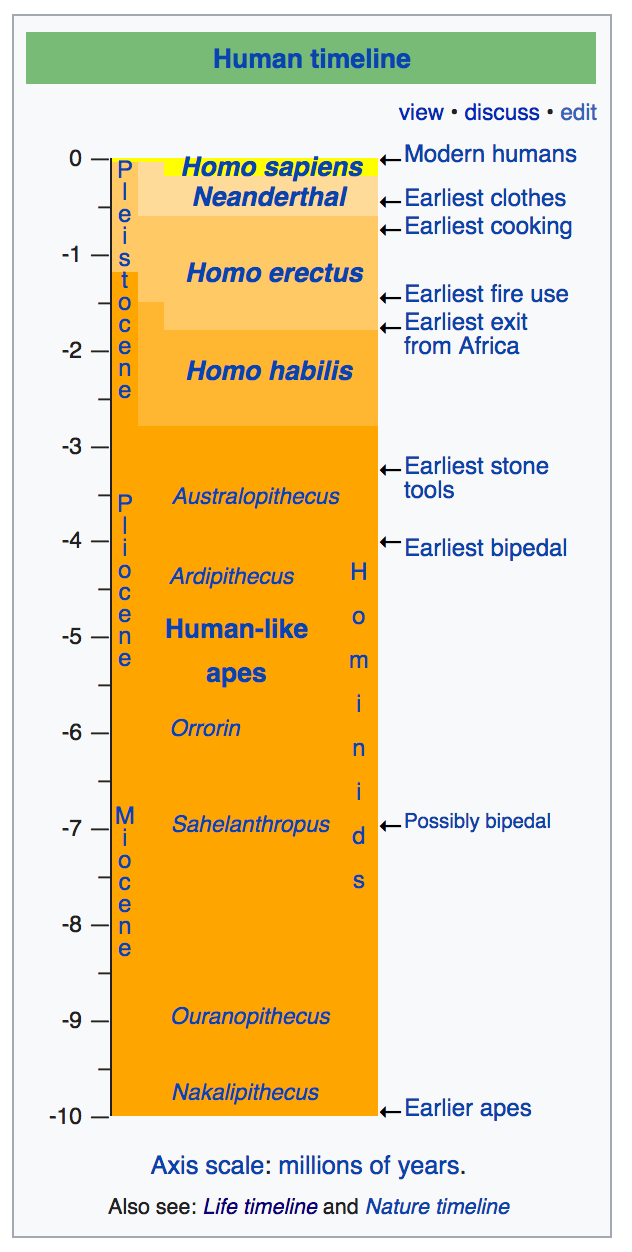
Sociality, trades ...
Created by London-based data visualisation studio Kiln and the UCL Energy Institute
Urbanization and cities:
The birth of cities.
The history of foundation.
Created by: @galka_max
World City Populations.
Data, visualizations, algorithms
Urban Accessibility measures
Boundaries and Tessellation.
It is possible to compute isochrones

First step towards an accessibility measure:
The larger isochrones are, the faster you move.

Velocity Score
Average velocity taking a random direction
Paris
Rome

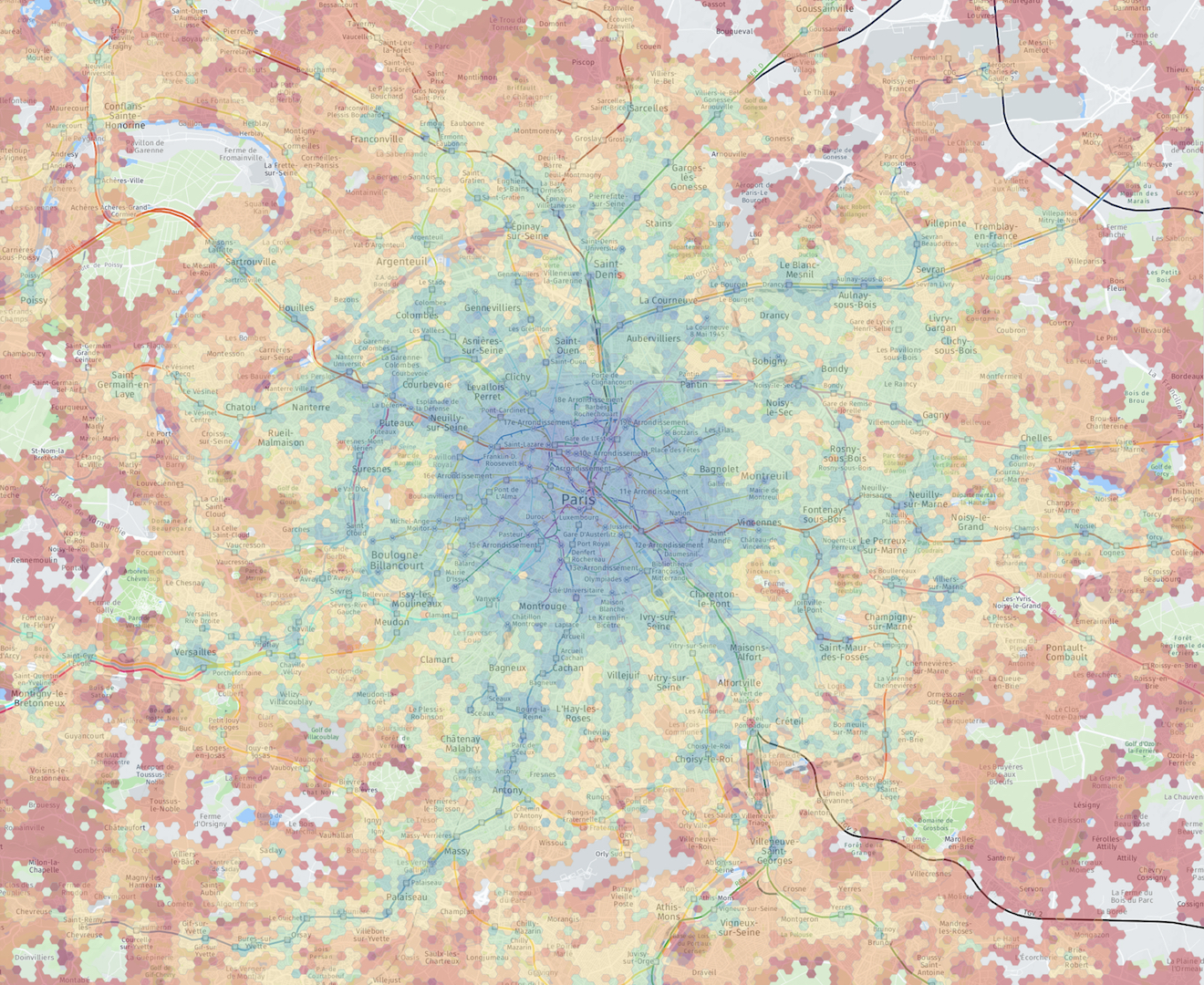
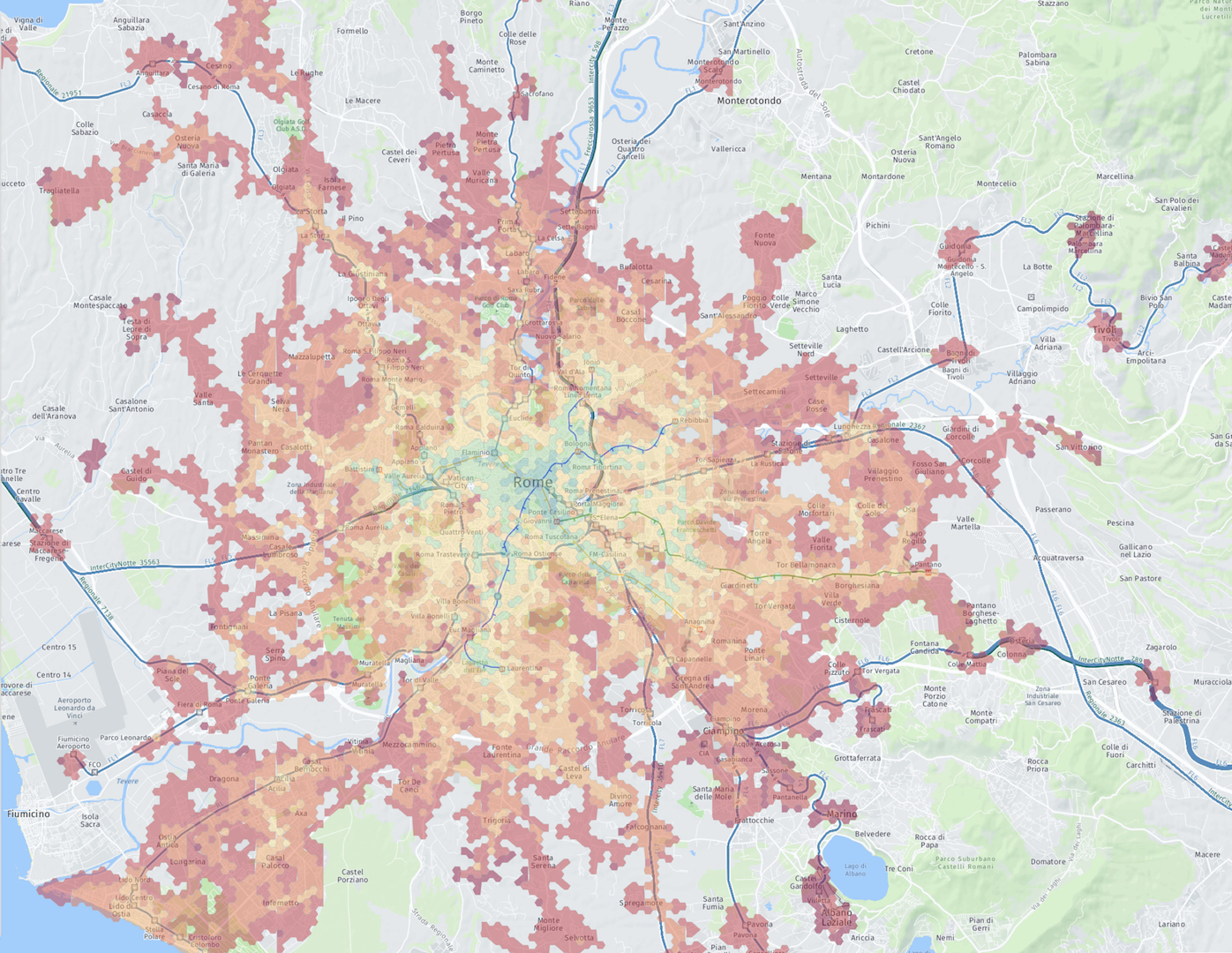
interactive maps and more cities:
Sociality Score
Number of people is possible to reach in a typical day trip starting from a point.
Paris
Rome
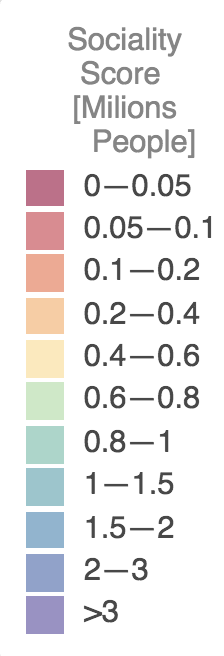
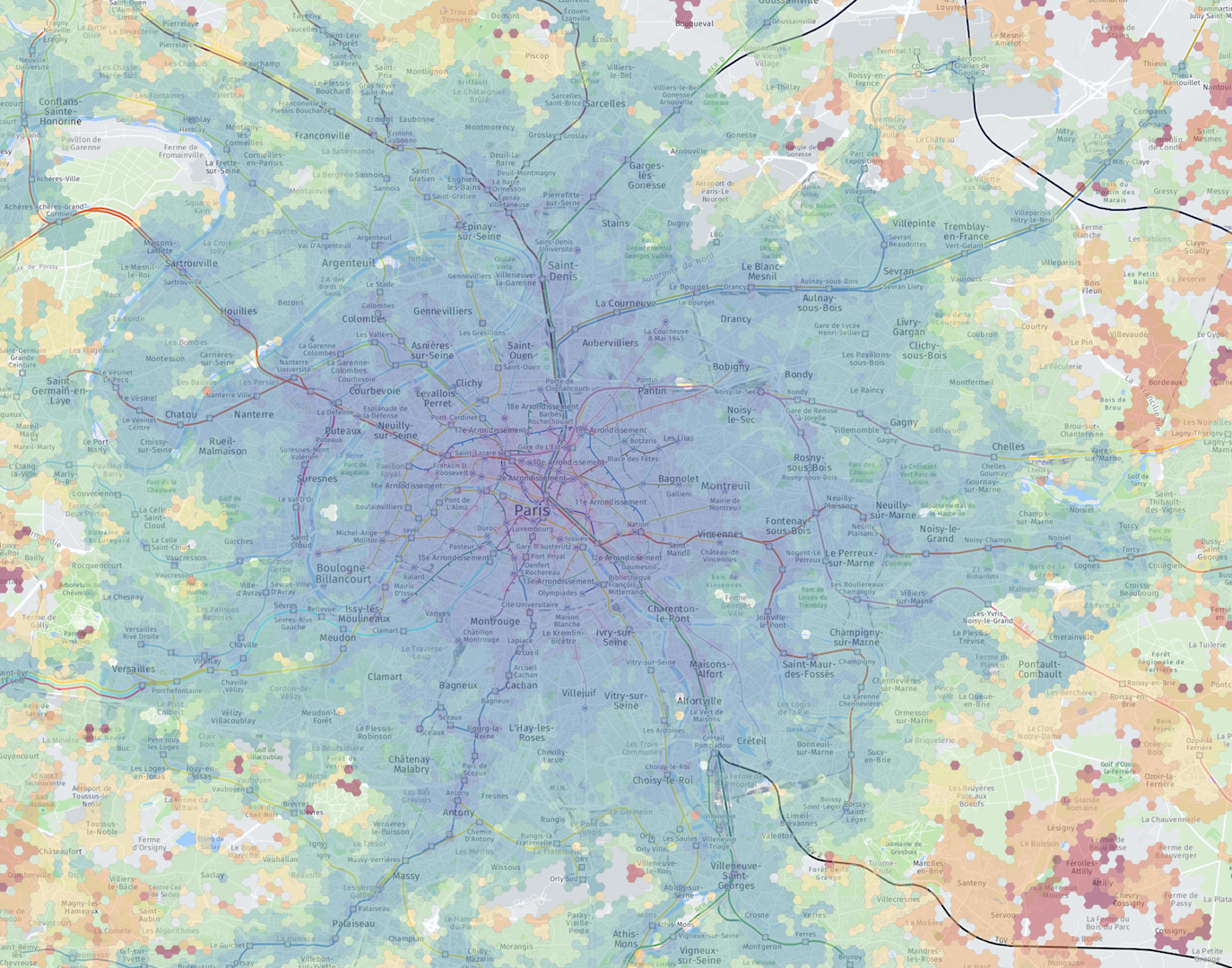
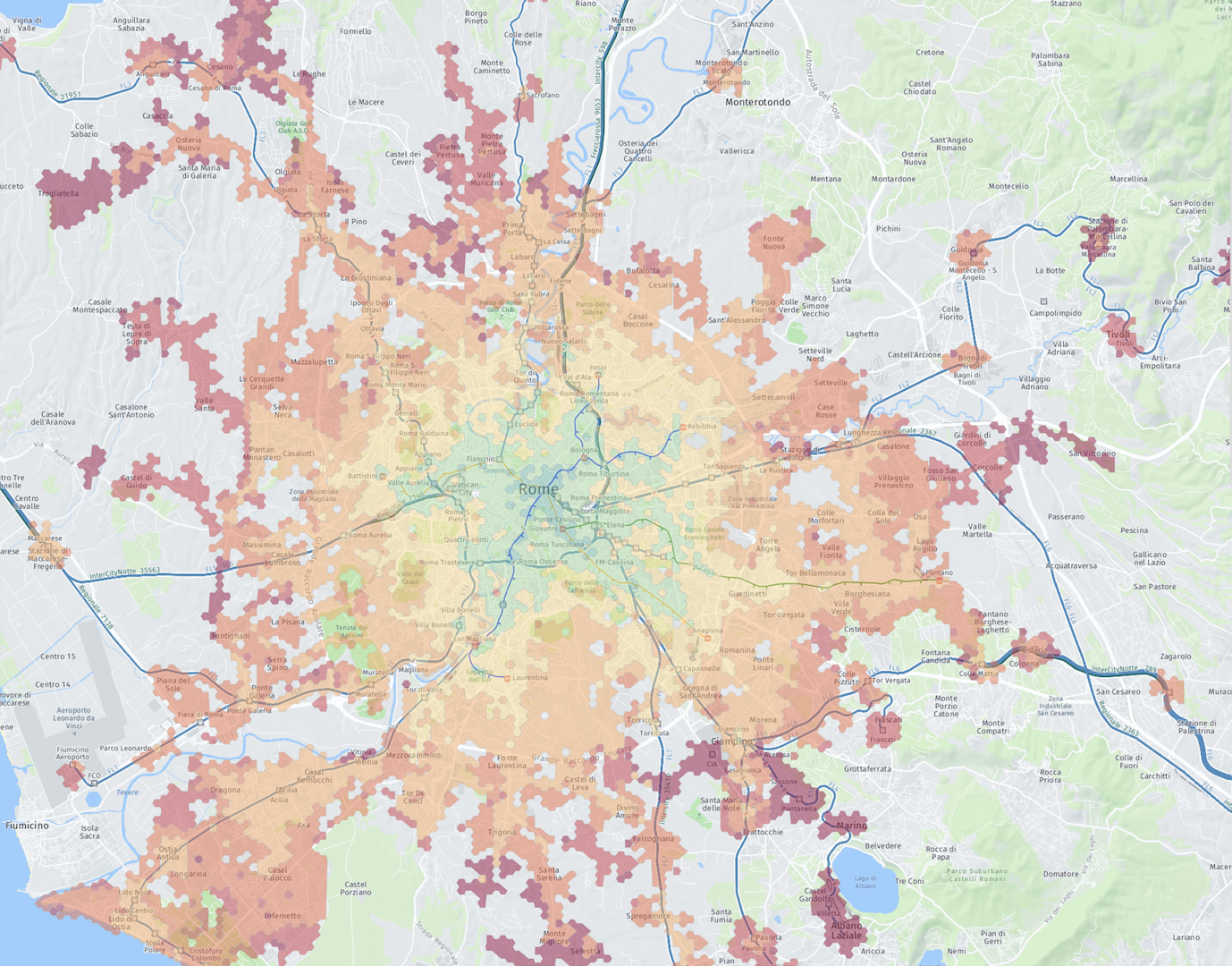
interactive maps and more cities:
City Rankings
City Velocity
Velocity Score per person
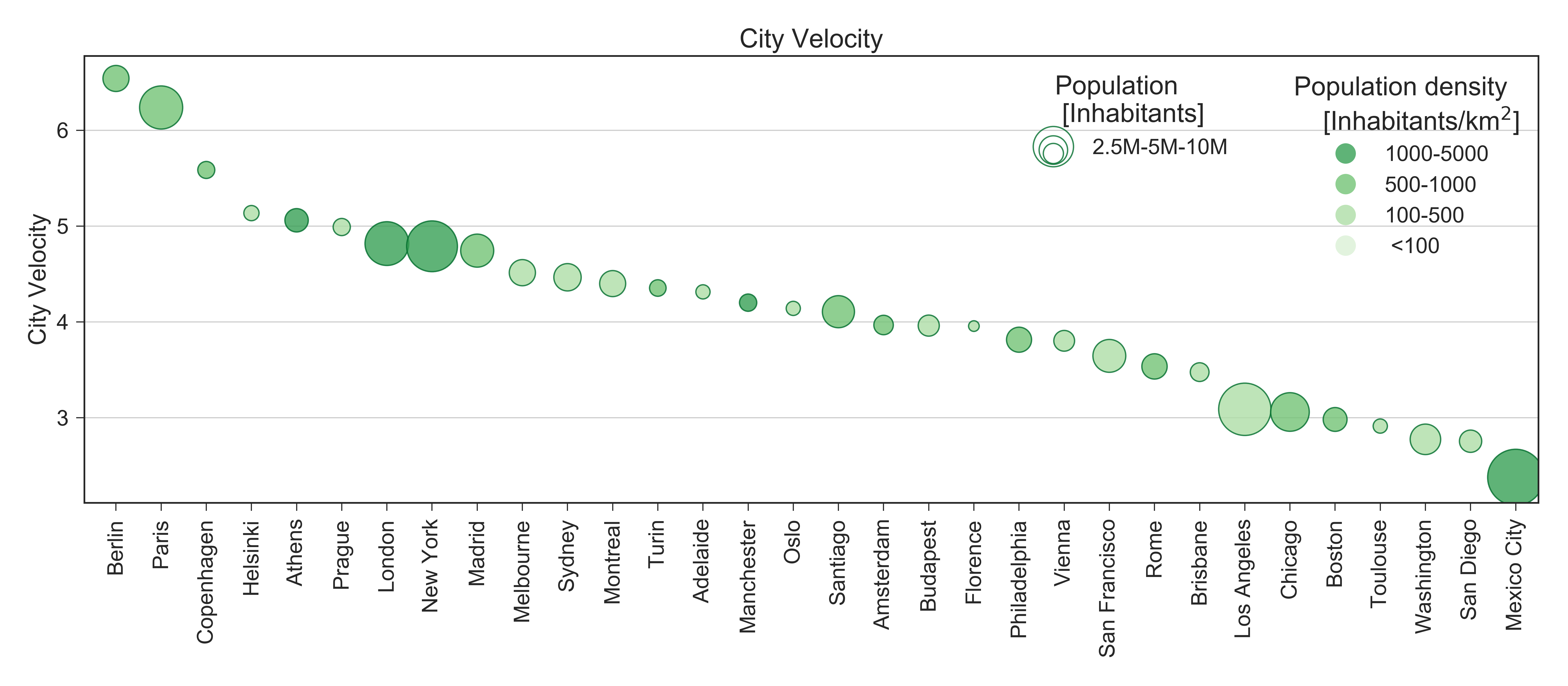
City Sociality
Sociality Score per person
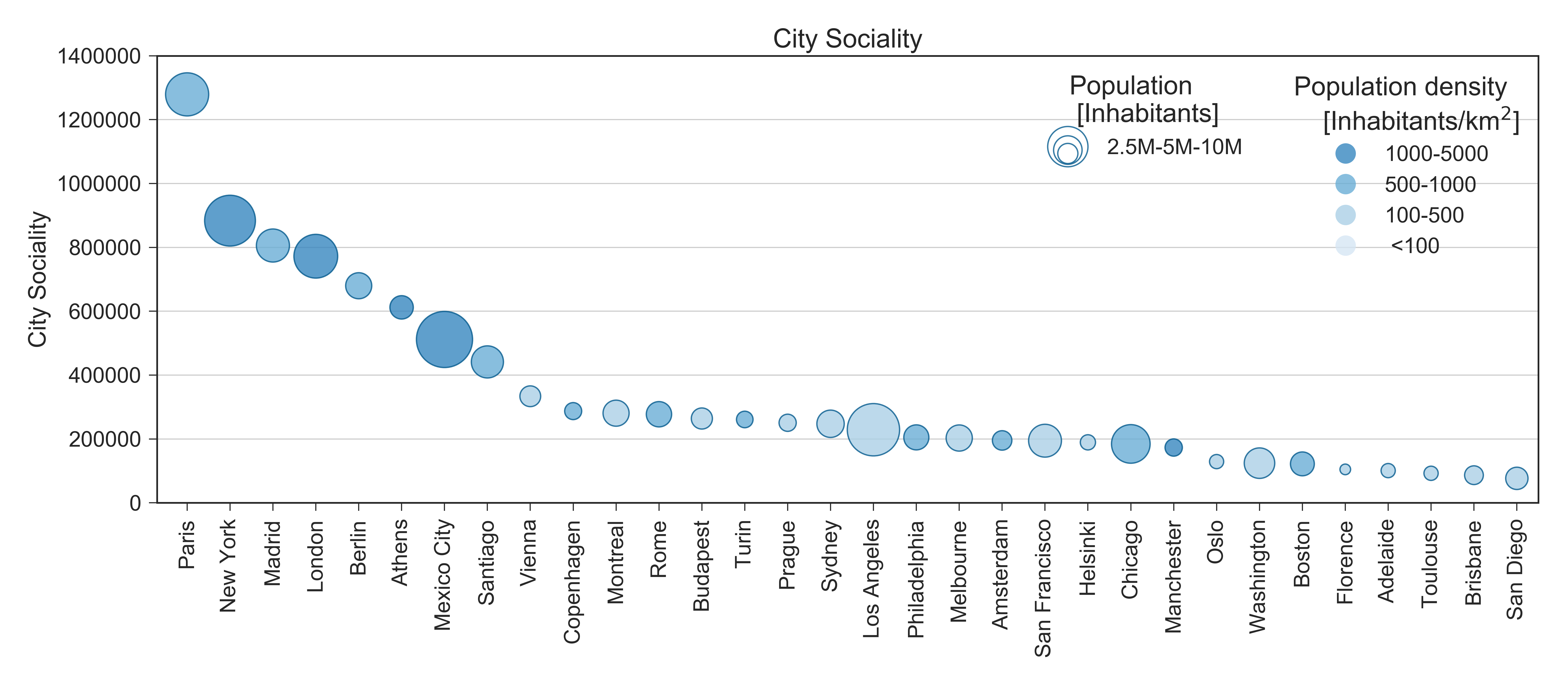
Cohesion
City Sociality divided by total population

CityChrone
Interactive platform
CityChrone
Interactive platform
Now I know how much Rome public transports suck
What we have to do to reach Paris?
What are the best interventions given a budget?
Let's Play!
CityChrone
Interactive platform for exploring new scenario
Budget: 5 Bilion €
Name Scenario: Gram Author: Pietro
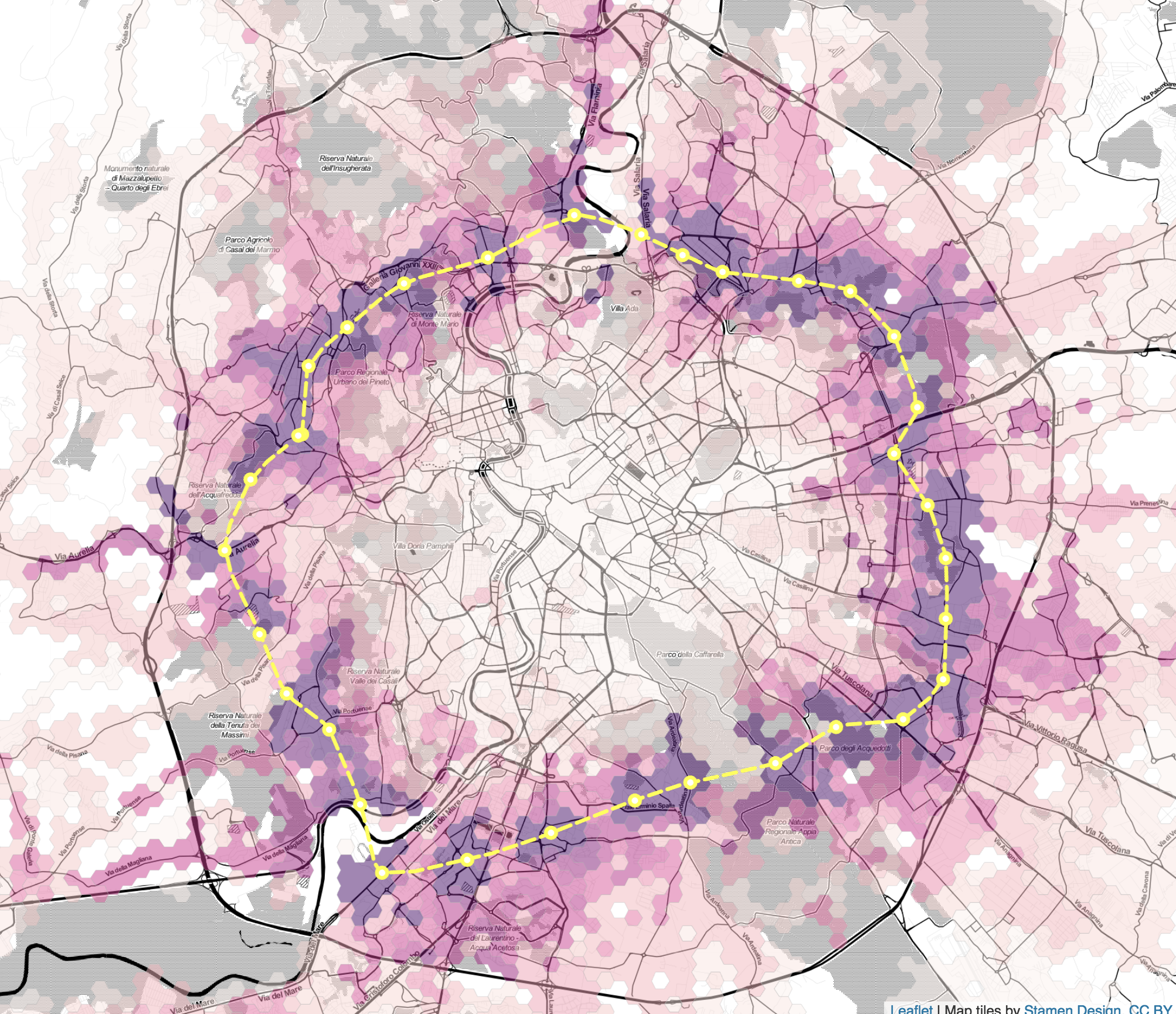
After 1 year
Name Scenario: rer + circle Author: mat

The future of public transports in cities
Bad ending for my current research, but happing ending for public transport in the cities?
Collaborators:
